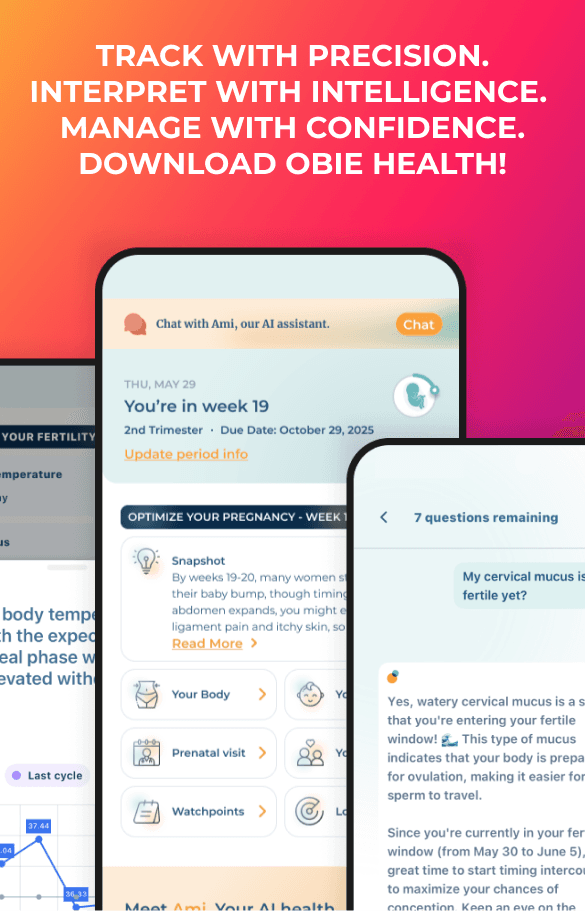Anti-Anxiety Meds May “Rebalanced” Autistic Brains
Women's Health News
Obie Editorial Team
A team of Seattle-based scientists has taken a novel approach in the study of autism spectrum disorders (ASD). Many medical studies have focused on brain functions that govern excitability as a way to soothe the frenzied autistic mind but the Washington researchers took the opposite approach. They explored the brain functions that control inhibition, as many autistic patients exhibit diminished impulse control. They found that the administration of certain anti-anxiety drugs seems to rebalance the autistic brain in ways that make impulse control more effective. The University of Washington's Dr. William Catterall describes his team's work as "very exciting results because they suggest that existing drugs — called benzodiazepines — might be useful in the treatment of the core deficits in autism." The research involved mice bred to exhibit behaviors that mimic autism in humans. While the research looks promising, additional studies are needed before the benzodiazepine therapy can be used on humans.
The University of Washington's Dr. William Catterall describes his team's work as "very exciting results because they suggest that existing drugs — called benzodiazepines — might be useful in the treatment of the core deficits in autism." The research involved mice bred to exhibit behaviors that mimic autism in humans. While the research looks promising, additional studies are needed before the benzodiazepine therapy can be used on humans.
Librium and Valium are two well-known drugs that fall in the benzodiazepine class of tranquilizer. Benzodiazepines, in various pharmaceutical formulations and dosages, are routinely used to treat a variety of disorders, including anxiety and epilepsy.
The Catterall team found low doses of certain benzodiazepines effectively improved inhibitory activities of the brain cells of the mice. The most effective doses were below the dose required to produce a sedative or anti-anxiety (anxiolytic) effect.
Some benzodiazepine formulations increased rather than decreased the activity of inhibitory neurons of the mice in the Catterall study. The subforms of the drug that produced the desired neural effect produced desirable behavioral differences in the mice. Those getting the most beneficial subform of the drug at the optimum dosage exhibited improved social interaction and fewer problems with cognition and repetitive behaviors.
Previous studies focusing on quieting the neurons that promote excitability have produced only modest success thus far. The Catterall research team suggests better overall results might be achieved if measures to control excitability were augmented by counteractive measures that improve inhibitory activities.
Since the neural activities and behaviors of the mice in the study produced the desired outcome, further studies will explore the effect of low-dose benzodiazepine therapy for humans with ASD. One such study has already been initiated by the National Institutes of Health and the pharmaceutical company, AstraZeneca.
Full details of the Catterall study have been published in the journal, Neuron, and are available online to subscribers of the journal until May 19, 2014.
Source: O'Leary, Mary Beth. "Low doses of antianxiety drugs rebalance the autistic brain." ElsevierConnect. Elsevier BV. Mar 19, 2014. Web. Apr 6, 2014.







